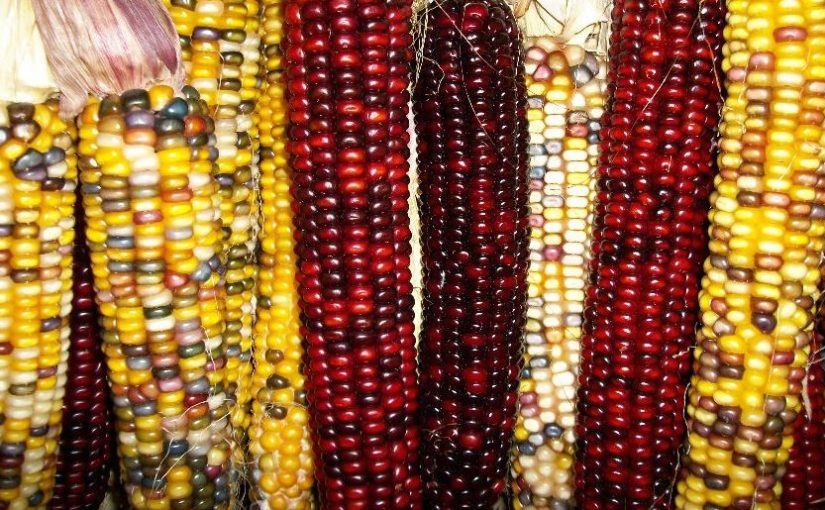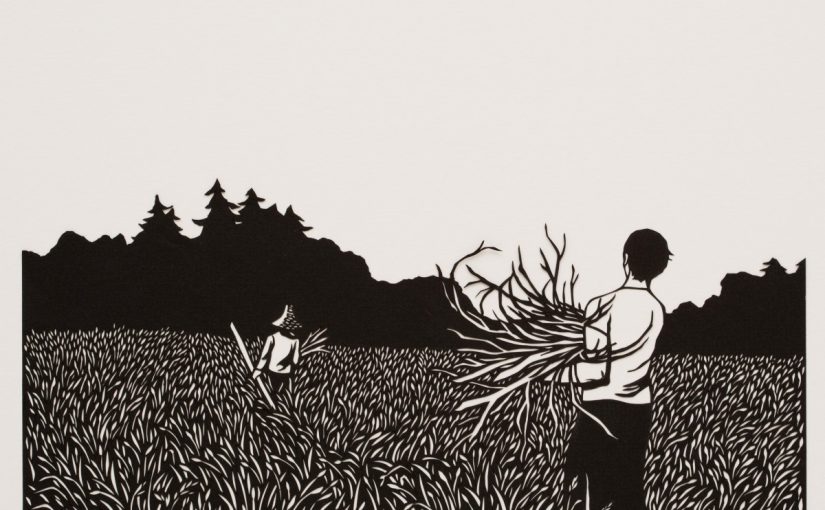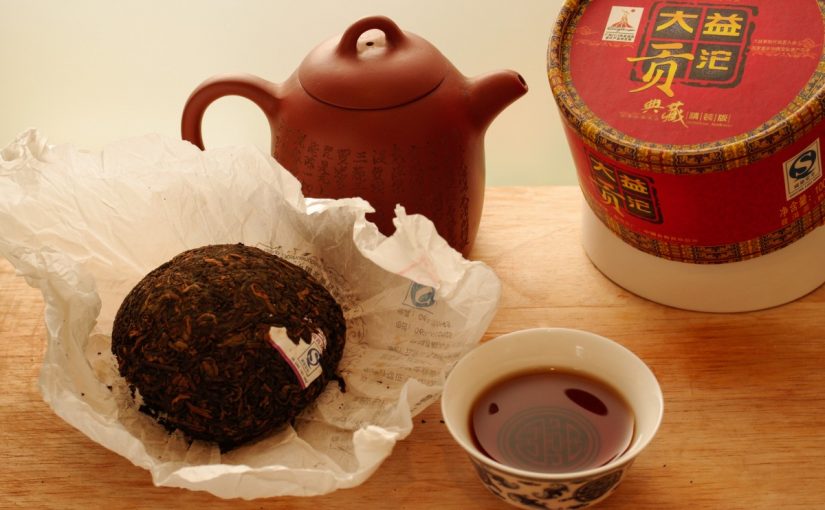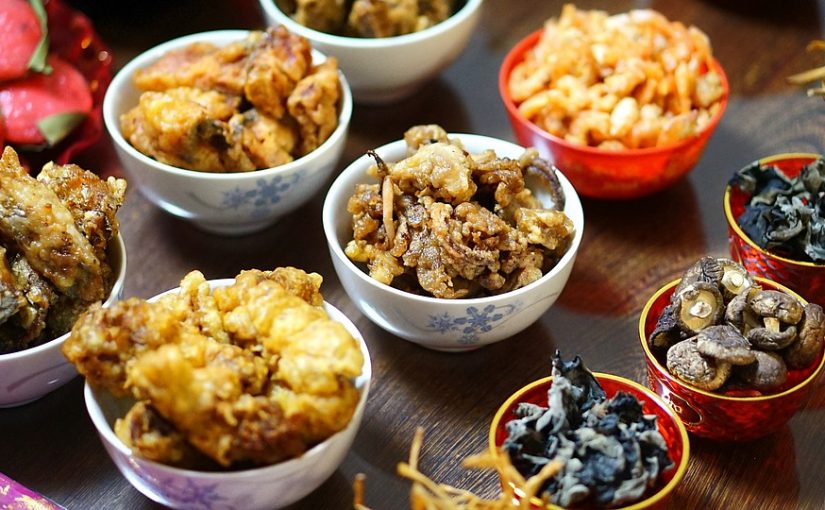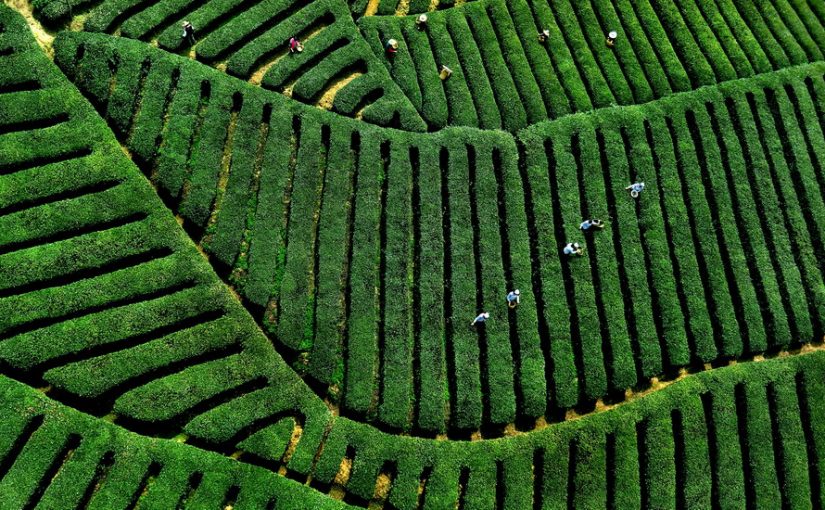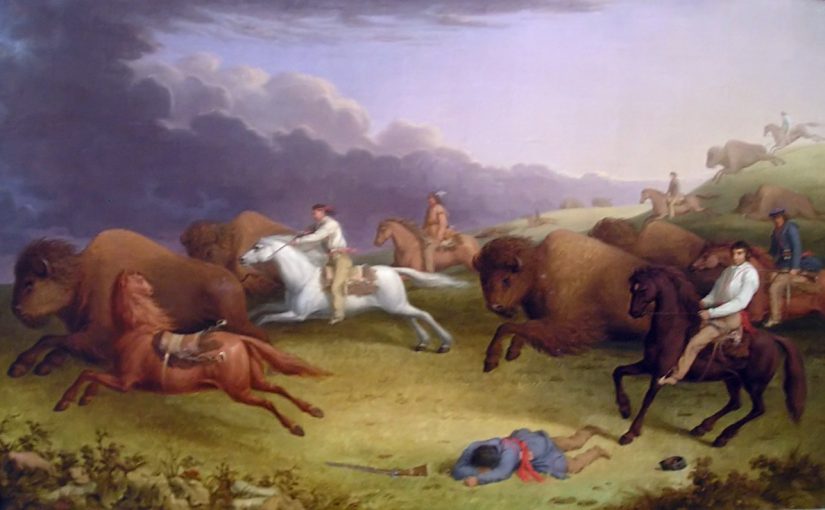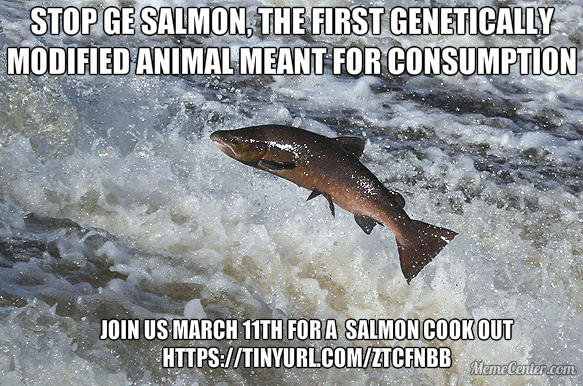February 20th, 2017
Triggering Passages:
“The indelible Grahamite link between body, home, and nation eternally bars Fun See from ever quite transcending the marks of Asian difference, although those marks do seem to stretch to enfold the new “Mrs. Tokio.”” (Tompkins 2012: 141)
“Rose amuses herself by imagining Annabel “going to Canton someday, and having to order rats, puppies and birds’ nest soup for dinner.” Dietary differences, in other words, mark the boundaries between the races.” (Tompkins 2012: 142)
News Media Context:
High/ Low Cuisine and Orientalism
“With the separation of the Other as barbaric and weak, the West declared itself the civilized and dominant. This particular binary set the tone for the makeup of international – and national – society as we know it today. Whether it’s the police state, civil war or everyday microaggressive racism, the Other serves to both establish a status quo, and allow the status quo to conduct domination with impunity.”
“This trend of high/low cuisine is nothing new, it is merely Orientalism for Dummies. Place one thing that can be found from one world that you consider low and place it next to another thing from the world you consider high and have a good hoot over the hilarity of it all. Such innovation! Nothing like contrast to truly depict your notion of superiority, right? By placing things from the ‘Orient’ in the world of the West, it serves to elevate not the former, but the latter. The food industry mogul thinks that s/he is doing the Orient a favor by taking it out of the styrofoam box and placing it on the china plate next to a glass of champagne. The history of fried chicken, the cultural significance of Soul Food, would never have existed if not for the barbaric economic strategy of slavery. They know this but want to be the ones to dictate the new narrative, because knowledge of the Other is merely a party trick for the West to showcase its unquenchable thirst for grandeur that is mutually dependent on its need to belittle.”
https://catapult.co/community/stories/high-low-cuisine-and-orientalism
Response:
Tompkins’ chapter, A Wholesome Girl, explores the upper-class orientalist sentiment existent in Antebellum America and the whiteness central to Louisa May Alcott’s feminism. From Fun See’s physical form being paralleled to a teapot to his designation as a “highly satisfactory Chinaman”, we see simplistic, easily digestible depictions of the “other”, and their personal traits eclipsed completely by their ethnic and racial ones.
In Antebellum (and many current day American racial discourses) orientalist discourses, the western observer/ traveler/ historian maintains their place of superiority by continuing to confine the non-westerner as an observable anomaly, while failing to acknowledge their whole personhood. The constant consumption and colonization of the “other” ensure the subordination necessary to rationalize exploitation and lack of humanity, it is in this mindset that black and brown bodies turn less into people and more into “things”.
Though Fun See’s status as a “Chinaman” is accepted by the main characters, he is kept in his subservient position and accepted primarily because of his existence aligning with the “type” of Chinese man recognizable to the white American of the time. Annabel’s romantic desire and interest in Fun See can then, easily be interpreted as her “desire for pretty Chinese things”, Fun See’s body acting as a stand-in for all things desirable and foreign.
Whang Lo, on the other hand, is designated by rose as an “unsatisfactory” Chinese man because of his American costume, mastery of the English language, and failure to align with the limited scope of what it meant to be a non-threatening and palatable Chinese man. While reading the chapter I was struck by the American Upper-Class obsession with fine china. Traditional Chinese pottery, and its display as a sign of wealth, in the context of the Antebellum home, becomes a symbol of conquest and control of a “lesser” peoples culture hidden behind the guise of appreciation.
The Binary nature that is necessary for separation and conquest of the “other” is easily translated into food. Though roses simplistic scope of Chinese food as puppy dogs, rats and birds nests is obvious in its racist nature, the upholding of the same binaries exists in a multitude of ways today. In creating so-called “juxtapositions” in the restaurant world and framing one type of food/ culture as superior to another we continue to uphold the orientalist values that have been used historically to justify western colonialist rule (like the pairing of fried chicken with champagne at Birds and Bubbles, and the “Kebab Renaissance” being led by three white owners at Le Bab.) As Saïd wrote,“In a quite constant way, Orientalism depends for it’s strategy on this flexible positional superiority, which puts the Westerner in a whole series of possible relationships with the Orient without ever losing him the relative upper hand”.
